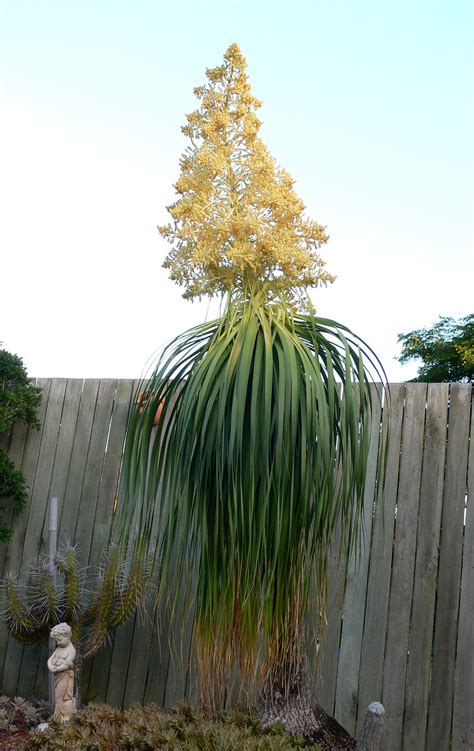Ponytail Palm Plant. This is considered slow growth. Our ponytail palm plants for delivery will add a quirky touch to any room.

Here’s how to grow and care for a ponytail palm in your home. This is considered slow growth. Common issues for your ponytail palm
Other Popular Aliases For This Endearing Plant Include Elephant’s Foot Or Bottle Palm Tree.
They can be trim and cut to fit your décor in just a few easy steps. Common issues for your ponytail palm The ponytail palm, also known as a bottle palm tree or elephant foot tree, is neither a palm nor a tree.
How To Care For Your Ponytail Palm;
Ponytail palm trees can grow as tall as 30 feet when planted outdoors. This is one of the reasons why they are such a popular choice for indoor plants. It is native to the hot dry, bright sunny environment found in eastern mexico.
Outdoors Growing In The Wild In Mexico, The Ponytail Palm Plant Is An Evergreen Perennial That Can Grow Over 15 Feet Tall.
The ponytail palm gets its name from the long curling leaves that grow similar in appearance to a ponytail from the top of the trunk. This is a good candidate for either a patio container plant or landscape tree in those places. Despite the common name and the appearance of the foliage, this is not a true palm, but rather a member of the asparagaceae family that includes edible asparagus.
Ponytail Palm Care Is Very Easy, And Growing Ponytail Palms As A Houseplant Is A Great Way To Add A Stunning And Visually Interesting Plant To Almost Any Room.
The ponytail palm is a succulent. The botanical name of ponytail palm is beaucarnea recurvate, and it is a member of the asparagus family. The long narrow curly, dark green leaves flow up from this base much like a plume of water in a fountain.
Our Ponytail Palm Plants For Delivery Will Add A Quirky Touch To Any Room.
These faux palms can be found in rather arid regions such as mountain ranges and cliffs where there is plenty of rocky soil. If you want to see the hidden modal, manually change the url in your address bar to #hidden_modal. Boasting a bulbous base and lush, curly leaves, this delightfully quirky houseplant is a great new plant to add to your collection.
